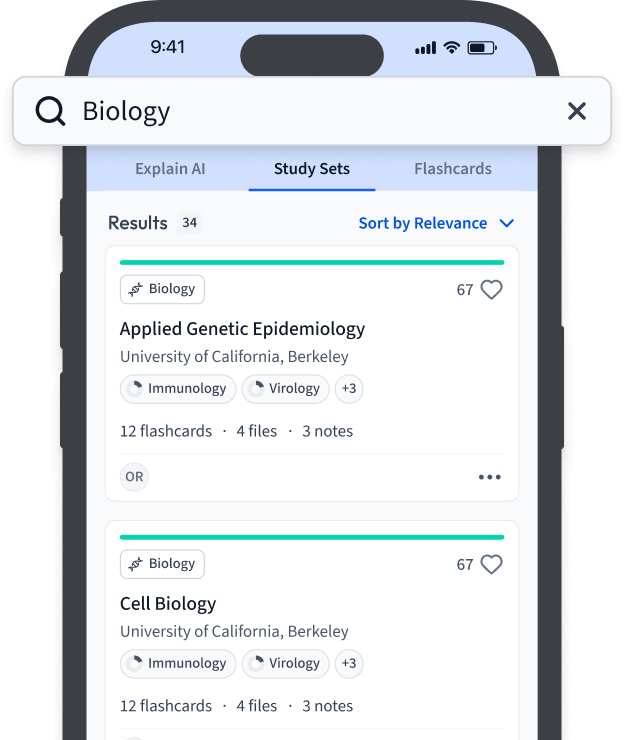Religious movements can vary greatly from each other, depending on a number of factors. This includes the ways they emerge, the number of followers they have, and the beliefs they promote.
- We will look at a list of religious movements.
- Then, we will discuss the causes of the rise of religious movements.
- We will consider examples of religious movements in details.
- We will mention the characteristics of New Religious Movements.
- Finally, we will look at social and religious reform movements.
List of religious movements
The largest religious organisations in the Western world, like the Christian Church, transformed and split into smaller denominations and sects due to several religious movements.
Religious movements are social movements that aim to alter existing religious organisations or establish new religious groups.
New religious movements (NRMs) of the 20th century have resulted in the emergence of entirely new cults, such as the Church of Scientology, or the Unification Church.
Causes of the rise of religious movements
Religious movements often emerge during periods of rapid social change and find a following among marginalised groups of society. Rapid social change causes increased distress and insecurity for marginalised people, so they look for ways to deal with these new struggles and voice their needs.
Religions gain followings because they provide both practical and psychological support for people's social, cultural, and economic problems.
Examples of religious movements
There are many types of religious movements. We can differentiate between them according to their causes, means, and effects.
Endogenous movements
Some religious movements develop to improve the internal structure of a religious organisation. They are known as endogenous movements, and they usually cause schisms, which break the existing religion into smaller sects.
The Great Schism of 1054 was when Christianity split into Western Catholicism and Eastern Orthodoxy. The Reformation of the 16th century is another example of when Western Catholicism split into Roman Catholicism and Protestantism.
Further schisms split both the Roman Catholic Church and the Protestant Church into numerous smaller sects and religious groups.
Fig. 1 - Martin Luther's work was responsible for the Protestant Reformation.
Exogenous movements
Other religious movements aim to change the external environment around the organisation. They are called exogenous movements.
Jihad in Islam calls 'true' believers to protect the religion from non-believers. In the late 20th century, religious movements played a crucial role in the liberation from Communism of various Eastern European countries.
Generative movements
Finally, there are religious movements that aim to introduce a completely new religion - these are known as generative movements.
After the European conquest of the New World, Christian missionaries introduced (and often imposed) Christianity on indigenous cultures. In another example, the Church of Scientology was founded in America by American science fiction writer L. Ron Hubbard in 1954.
We will now go through the different types of religious organisations and movements and consider their features.
Access millions of flashcards designed to help you ace your studies
Sign up for free
Religious organisations
Religious organisations are public or private organisations built around a religious ideology. They differ according to their size, inclusivity, interpretation of faith, and the level of commitment they require from their members.
The four main categories of religious organisations are churches, sects, denominations, and cults.
Religious charity organisations' goal is to provide economic, psychological, and medical support to those in need.
Religious environmental organisations are non-profit organisations that belong to churches and sects and focus on environmental issues.
Visit Religious Organisations for more information.
Characteristics of New Religious Movements (NRMs)
The aim of NRMs is to establish completely new religions. There was a sudden expansion of NRMs in the 1960s, most of which emerged in America but gained a global following.
Roy Wallis (1984) distinguished three different NRMs according to their relationship to the outside world.
World-accommodating NRMs
These NRMS often emerge from existing churches or denominations.
They neither accept nor reject the outside world - the focus is on religious rather than worldly matters.
Their followers usually live conventional lives.
One example of a world-accommodating NRM is the Neo-pentecostalist group (it broke away from Catholicism).
World-affirming NRMs
They are normally tolerant towards other religions and organisations.
These accept the world as it is, but offer knowledge and techniques for a better life experience.
They lack conventional religious practices such as communal worship.
They are often referred to as cults.
Examples of world-affirming NRMs include Scientology and groups that practise Transcendental meditation.
New Age Movements (NAMs)
NAMs emerged in the Western world in the 1980s. People started to step away from traditional religions and their doctrines and began to look toward a New Age of spirituality.
NAMs are very diverse and eclectic. Their main teaching is that spiritual awakening can be reached through individual experience, through the exploration of the self.
NAMS frequently involve crystals, meditation, psychic experiences, belief in UFOs, and belief in Earth mysteries.
Social and religious reform movements
Reform movements aim to improve the social and political setup of a community. The goal of a social and religious reform movement is the improvement of the structure and social influence of one religious organisation.
Let's look at an example of a social and religious reform movement.
The social and religious reform movement in 19th century India aimed to alter dangerous religious practices, and eliminate superstitions and social evils from Indian society.
Educated intellectuals organised themselves to collectively put an end to, among other things, female infanticide, child marriages, polygamy, and animal sacrifice. The promotion of Western education and the education of young girls helped to remove religious traditions that oppressed women.
The most important social and religious reformers of India included Raja Rammohan Roy, Henry Vivian Derozio, Keshab Chandra Sen, and Iswar Chandra Vidyasagar.
Fig. 2 - Education played a crucial role in the social and religious reform movements of 19th century India.
Researching religious movements
In the 19th century, Social Darwinist sociologists like Max Weber and Ernst Troeltsch dealt with questions around the emergence and spread of religious movements.
In the 1960s, many new religious movements appeared, which increased sociologists’ interest in the subject. Researchers wanted to find out how these new religious movements organised themselves, what social-psychological causes lay behind their rapid expansion, and what the main points of conflict were between the new and the old religious traditions.
Religious Movements - Key takeaways
Religious movements aim to alter existing religious organisations, or establish new religious ones.
Religious movements often emerge during periods of rapid social change and find a following among marginalised groups of society.
Religious organisations are public or private organisations built around a religious ideology. The main types of religious organisations are churches, sects, denominations, and cults.
There was a sudden expansion of NRMs in the 1960s. Most of the NRMs emerged in America, but gained a global following.
The social and religious reform movement of 19th century India aimed to alter dangerous religious practices, and eliminate superstitions and social evils from Indian society.
How we ensure our content is accurate and trustworthy?
At StudySmarter, we have created a learning platform that serves millions of students. Meet
the people who work hard to deliver fact based content as well as making sure it is verified.
Content Creation Process:
Lily Hulatt is a Digital Content Specialist with over three years of experience in content strategy and curriculum design. She gained her PhD in English Literature from Durham University in 2022, taught in Durham University’s English Studies Department, and has contributed to a number of publications. Lily specialises in English Literature, English Language, History, and Philosophy.
Get to know Lily
Content Quality Monitored by:
Gabriel Freitas is an AI Engineer with a solid experience in software development, machine learning algorithms, and generative AI, including large language models’ (LLMs) applications. Graduated in Electrical Engineering at the University of São Paulo, he is currently pursuing an MSc in Computer Engineering at the University of Campinas, specializing in machine learning topics. Gabriel has a strong background in software engineering and has worked on projects involving computer vision, embedded AI, and LLM applications.
Get to know Gabriel

















